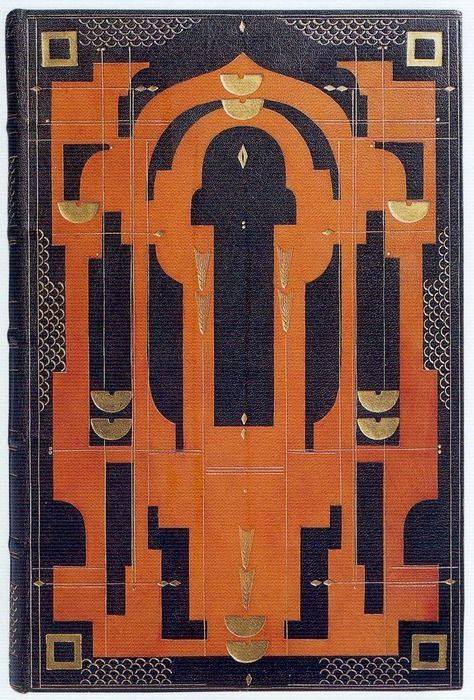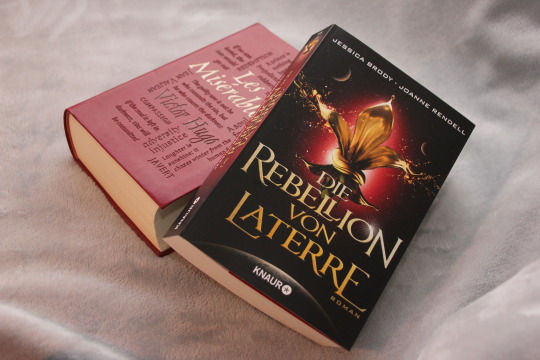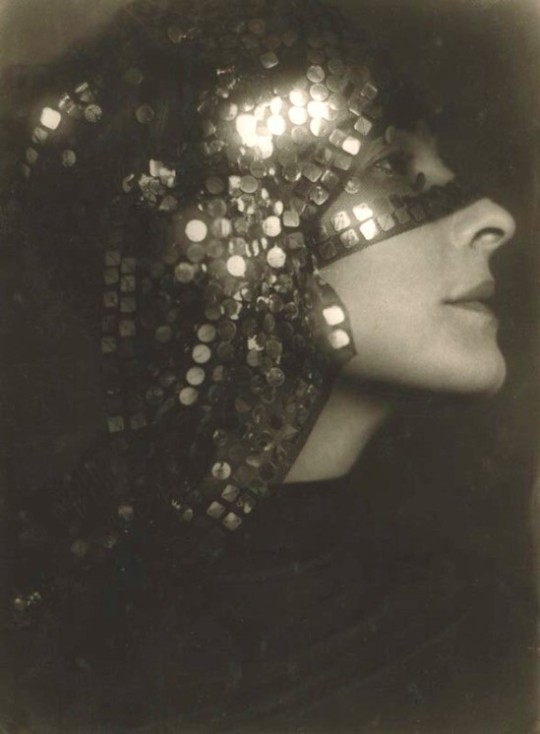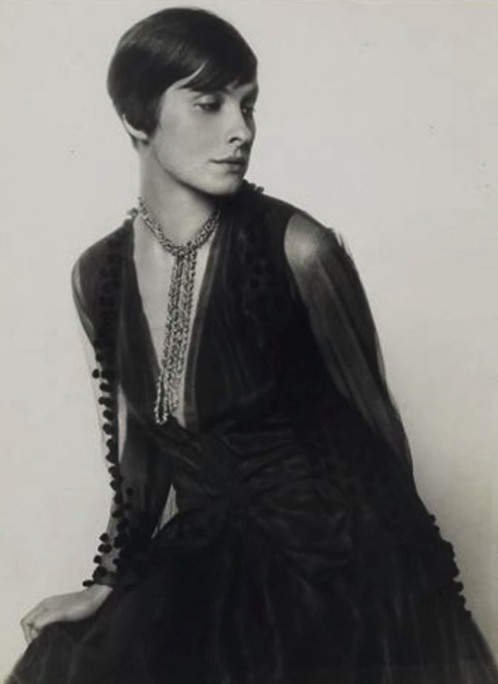#sibylle binder
Text

The actress Sibylle Binder. Vienna c. 1926
Photo: Trude Fleischmann
23 notes
·
View notes
Text

Trude Fleischmann (1895–1990) ~ Actress Sybille Binder, Vienna, ca. 1929. Foto Kourier. "Sibylle Binder die bekannte Künstlerin der Reinhardt-Bühnen, Aufnahme:" in pencil on the reverse. / OstLicht Photo Auction Spring 2023
#trude fleischmann#sybille binder#women artists#women photographers#1920s#portrait#Bildnis#ritratto#retrato#hands
173 notes
·
View notes
Photo



Sybil Pye (1879 – 1958) was a self trained British bookbinder famous for her distinctive inlay Art Deco leather bindings. She was, along with Katharine Adams and Sarah Prideaux, one of the most famous women bookbinders of their period. She was the only binder in England and one of a few in the world whose specialty was inlaid leather bindings.
1. T. Sturge Moore, The Little School. London, 1905. Bound by Sybil Pye.
2. Sibyl Pye, 1902.
Sybil Pye was a long-term companion to artist and poet Thomas Sturge Moore and throughout her career bound several copies of his book of poetry.
3. Sybil Pye, Apocrypha, 1924.
75 notes
·
View notes
Link
0 notes
Photo

Trude Fleischmann, portrait of actress Sibylle Binder,
Vienna, circa 1935
293 notes
·
View notes
Photo

Trude Fleischmann, Portrait of Sibylle Binder, actress, Vienna, 1935
12 notes
·
View notes
Photo








Books of November
#books of november#reading#jessica brody#joanne rendell#die rebellion von laterre#judith c vogt#christian vogt#wasteland#durch eiswüsten und flammenmeere#märchenanthologie#sibylle luise binder#die flucht der trakehner#jenny wood#totengeister#marlon james#schwarzer leopard roter wolf#leigh bardugo#goldene flammen#eisige wellen#lodernde schwingen#carolin wahl#schatten der ewigkeit
0 notes
Text
Fire
For the first time in what felt like ages, Cassius actually felt cold in his room. The summer sun had given up it’s strength this late at night, and finally let the night air pervade through every part of this house. Cass sighed through his nose, catching the ball he’d just thrown up in the air, lithe fingers barely snatching it before he threw it back up at the ceiling again.
Lonely shadows following me
Lonely ghosts come calling
Lonely voices talking to me
Now I'm gone, now I'm gone, now I'm gone
His mouth was fixed in its usual scowl, his eyes narrowed in concentration. Don’t think. Not now. The bad thoughts were making their way in, taking advantage of the quiet and making every part of the world drip with poison.
Throw. Catch. Throw. Catch.
What would Edith say if she saw him now? ...what would Sibyl?
And my mother told me son let it be
Sold my soul to the calling
Sold my soul to a sweet melody
Now I'm gone, now I'm gone, now I'm gone
The ball dropped onto the bed with a thud. He didn’t bother to pick it back up again, heading to the bathroom instead. His roommates weren’t about. He’d have time to shower without being pulled into conversation. He just didn’t have the energy for it today.
Lord give me that fire.
He closed the door behind him, grimacing when he saw his face in the mirror. He’d gotten even more pale. Even more sickly. Once proud of his face, his appearance- he now saw everything being stipped away, day by day. He looked sickly now, dead. A corpse barely keeping itself moving through spite alone.
Lord give me that fire.
He pulled his hair back, trying to ignore how dry it’d gotten, how almost ready to split it was- almost in an attempt to hide it from himself. Was it a sin to cling to looking alive again?
Lord give me that fire.
He started the water. Slowly unbuttoned his shirt and vest, placing them carefully on the counter, struggled with his binder, and finally got so fed up that he dumped the rest of his clothes in an unceremonious pile on the bathroom floor.
He stepped into the shower and ignored the fact that he’d turned it far too hot, simply letting it run over him and scald everywhere it touched.
Burn, burn, burn.
The revolt. His thoughts always turned back to the revolt nowadays.
Was he strong back then? Was he a coward now? Weak and soft and relying on others for protection?
He’d fought so hard. He’d torn into that house, fangs bared in a malicious grin, more beast than person and hungrier for blood than he’d ever been in his life. The toreador had gone up in flames so fast, screaming and pleading all the way to ash.
Then was the woman.
The woman in the next room who screamed a scream so loud that it ripped into Cassius’ skin, past any defense he had up, that sent him willingly into a hateful frenzy.
Teagan had barely stopped him back then. Teagan was the only one who knew why he’d reacted that way.
Without him, he’d be lost.
Instead, someone else tore her apart, amidst Cassius’ hateful screams and snarls.
They made a comment about how they always wanted the Discipline she was using.
Oh, a thousand faces staring at me
Thousand times I've fallen
Thousand voices dead at my feet
Now I'm gone, now I'm gone, now I'm gone
Cassius couldn’t throw up. Couldn’t even heave. His body was no longer capable. Instead, he just started to sob, blood running off of his face and mixing with the water down the drain.
And now he dared to advocate for peace.
Disgusting.
And my mother told me son let it be
Sold my soul to the calling
Sold my soul to a sweet melody
Now I'm gone, now I'm gone, now I'm gone
Lord gimme that fire
Lord gimme that fire
Lord gimme that fire
Burn, burn, burn
(Song- Fire by Barns Courtney)
0 notes
Photo

Sibylle Binder (Die Bühne)
Trude Fleischmann :: Sibylle Binder als Kaiserin Elisabeth im Deutschen Volkstheater. Die Bühne 1937, Heft 459, front cover. | src ÖNB
#1930s#1937#braided hair#cover#die bühne#die buhne#front cover#illustrierte presse#kaiserin elisabeth#portraying#queen elizabeth#role portrait#Sybille Binder#Trude Fleischmann
44 notes
·
View notes
Text
Von Pferden und Menschen

Im Winter 1944 wird das Gestüt Trakehnen geräumt. 300 Pferde verlassen ihre Heimat. Angeführt wird der Treck von Jesco von Esten, der als Kriegsinvalide auf dem Vorwerk Bajohrgallen als Gestütsleiter angestellt ist. Immer an seiner Seite ist dabei sein Hengst Preußenlied. Auch seine Frau Sophie macht sich mit einem Treck auf, um über das gefrorene Frische Haff in den Westen zu fliehen. An ihrer Seite ist ebenfalls eine Trakehnerin: Ihre Stute Creve Coeur.
„Die Flucht der Trakehner“ von Sibylle Luise Binder ist eine fiktive Geschichte, die auf den wahren historischen Ereignissen basiert. Denn die Trakehner sind im Dezember 1944 tatsächlich über das gefrorene Haff geflohen und die Zahl der Pferde, die es in eine neue Heimat geschafft haben, war tatsächlich so gering, wie im Buch beschrieben. Jesco von Esten und seinen Preußenlied hat es nicht gegeben. Die tatsächlichen Vorbilder dazu aber schon. So basiert Preußenlied auf dem Trakehnerhengst Julmond, der als Gründervater der heutigen Trakehner gilt und auch für Jesco gibt es ein historisches Vorbild. Bei der Beschreibung des Gestüts und der Pferde kommen unweigerlich Fachbegriffe auf, die in Fußnoten allerdings erklärt werden, sodass man beim Lesen nicht ins Stolpern kommt, wenn man nicht weiß, was Linksgalopp bedeutet oder wo beim Pferd die Ganasche ist.
„Eine dramatische Geschichte von Menschen und Pferden“ verspricht der Untertitel und hält dies auch. Die Autorin baut zunächst eine Bindung zwischen ihren Charakteren und Lesern auf, was die Ereignisse der Flucht besonders intensiv macht. Weder die Schicksale der Menschen noch der Pferde lassen einen beim Lesen kalt und an der einen oder anderen Stelle ist schon heftiges Schlucken angesagt. Allerdings versucht die Autorin an keiner Stelle durch ihre Figuren Mitleid zu erwecken, da Mensch und Tier ihr Schicksal annehmen und sich mit den Gegebenheiten zu arrangieren zu versuchen. Protagonist Jesco geht bisweilen sogar durch den Kopf, dass sie alle eine Mitschuld am Krieg tragen, da sie zu Anfang alle der Politik Hitlers zugejubelt haben. Mit „Die Flucht der Trakehner“ ist Sibylle Luise Binder eine nachdenkliche, sensible aber auch intensive Geschichte gelungen, die sowohl etwas für Pferdefans als auch für Leser historischer Romane ist.
#sibylle luise binder#die flucht der trakehner#kosmos verlag#pferde#historischer roman#rezension#book critic
0 notes
Photo

PH - Trude Fleischmann - Sibylle Binder, Vienna, circa 1935
23 notes
·
View notes

